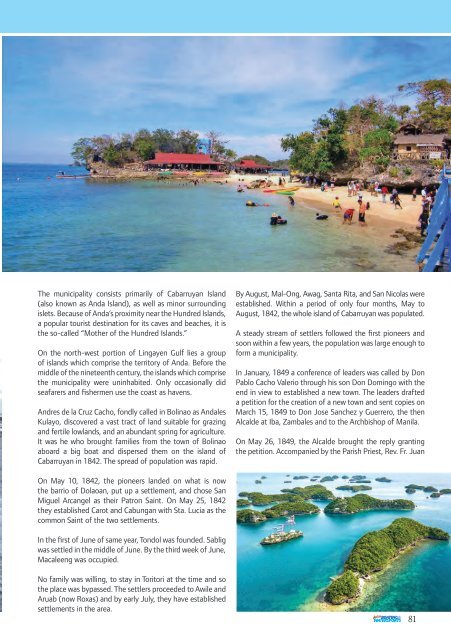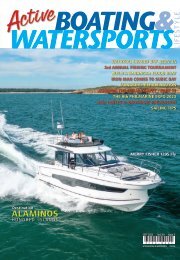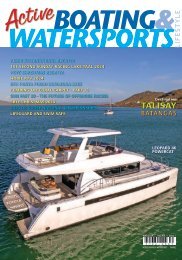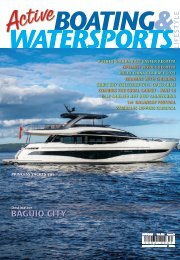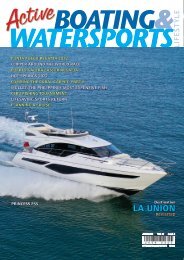ABW Sept 2023-1
Create successful ePaper yourself
Turn your PDF publications into a flip-book with our unique Google optimized e-Paper software.
The municipality consists primarily of Cabarruyan Island<br />
(also known as Anda Island), as well as minor surrounding<br />
islets. Because of Anda’s proximity near the Hundred Islands,<br />
a popular tourist destination for its caves and beaches, it is<br />
the so-called “Mother of the Hundred Islands.”<br />
On the north-west portion of Lingayen Gulf lies a group<br />
of islands which comprise the territory of Anda. Before the<br />
middle of the nineteenth century, the islands which comprise<br />
the municipality were uninhabited. Only occasionally did<br />
seafarers and fishermen use the coast as havens.<br />
Andres de la Cruz Cacho, fondly called in Bolinao as Andales<br />
Kulayo, discovered a vast tract of land suitable for grazing<br />
and fertile lowlands, and an abundant spring for agriculture.<br />
It was he who brought families from the town of Bolinao<br />
aboard a big boat and dispersed them on the island of<br />
Cabarruyan in 1842. The spread of population was rapid.<br />
By August, Mal-Ong, Awag, Santa Rita, and San Nicolas were<br />
established. Within a period of only four months, May to<br />
August, 1842, the whole island of Cabarruyan was populated.<br />
A steady stream of settlers followed the first pioneers and<br />
soon within a few years, the population was large enough to<br />
form a municipality.<br />
In January, 1849 a conference of leaders was called by Don<br />
Pablo Cacho Valerio through his son Don Domingo with the<br />
end in view to established a new town. The leaders drafted<br />
a petition for the creation of a new town and sent copies on<br />
March 15, 1849 to Don Jose Sanchez y Guerrero, the then<br />
Alcalde at Iba, Zambales and to the Archbishop of Manila.<br />
On May 26, 1849, the Alcalde brought the reply granting<br />
the petition. Accompanied by the Parish Priest, Rev. Fr. Juan<br />
On May 10, 1842, the pioneers landed on what is now<br />
the barrio of Dolaoan, put up a settlement, and chose San<br />
Miguel Arcangel as their Patron Saint. On May 25, 1842<br />
they established Carot and Cabungan with Sta. Lucia as the<br />
common Saint of the two settlements.<br />
In the first of June of same year, Tondol was founded. Sablig<br />
was settled in the middle of June. By the third week of June,<br />
Macaleeng was occupied.<br />
No family was willing, to stay in Toritori at the time and so<br />
the place was bypassed. The settlers proceeded to Awile and<br />
Aruab (now Roxas) and by early July, they have established<br />
settlements in the area.<br />
81


